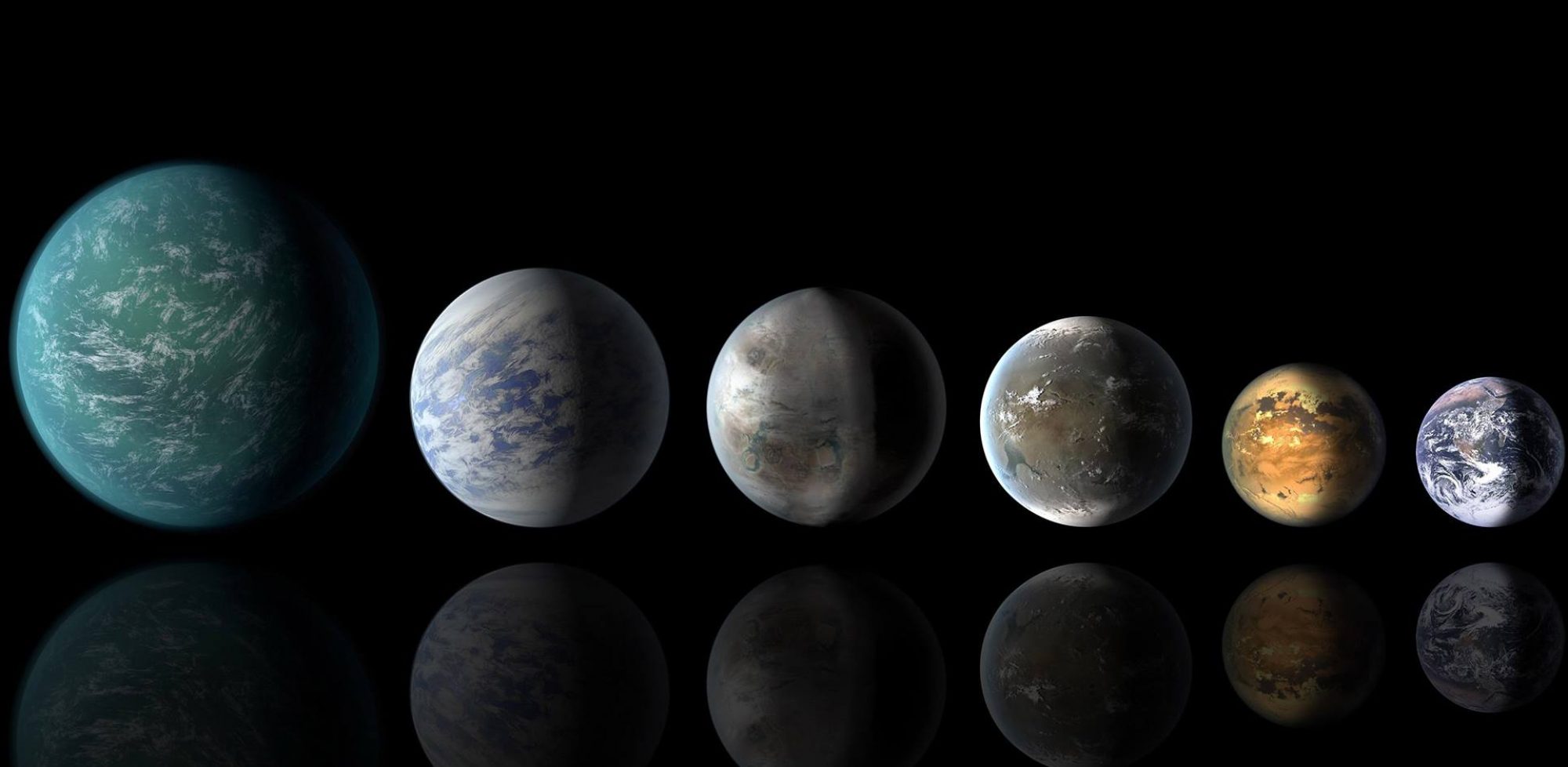Our solar system has but one planet orbiting in what is commonly known as the habitable zone -- at a distance from the host star where water could be liquid at times rather than always ice or gas. That planet, of course, is Earth. But from a theoretical, dynamical perspective, does this always have to …
Continue reading "How Many Habitable Zone Planets Can Orbit a Host Star?"
